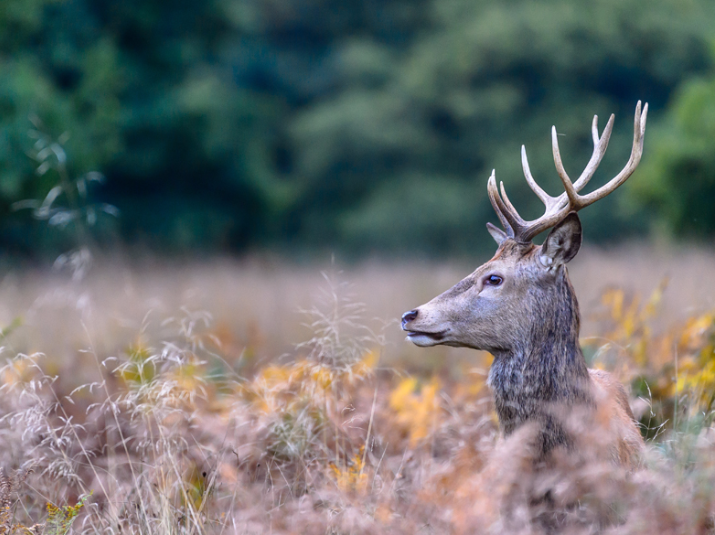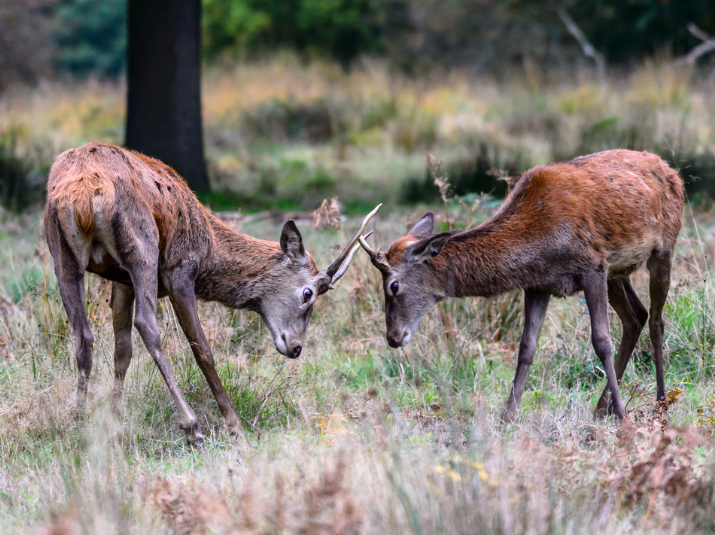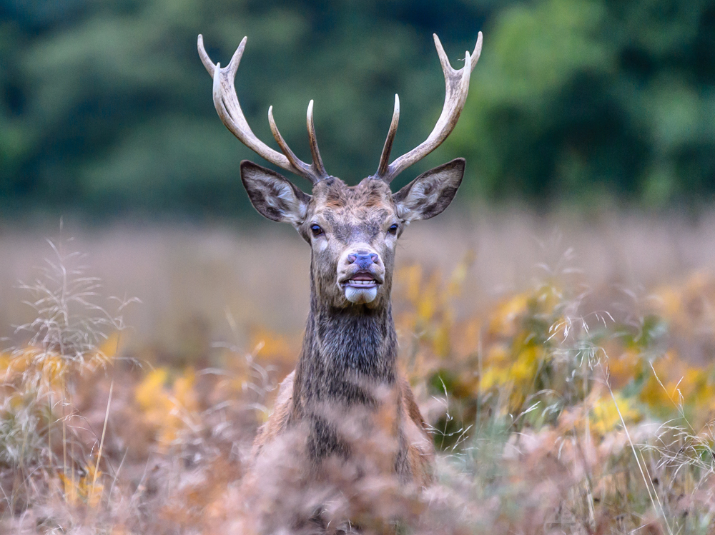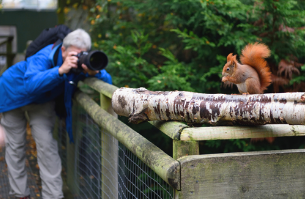The British Deer Society is a good place to start, as it maintains a database of great locations for deer photography, including wild sites, country estates, woodlands and deer parks. Amongst its recommendations are Richmond Park and Bushy Park in London, Ashton Court near Bristol, Chatsworth Park in Derbyshire, Tatton Park and Lyme Park in Cheshire, Fountains Abbey in Yorkshire, Knole Park in Kent, Woburn Abbey in Bedfordshire, Bradgate Park in Leicestershire, Margam County Park in Glamorgan and Galloway Forest Park in the Scottish Borders.
If you specifically want to encounter large red deer populations, try Rannoch Moor, Glengarry, the Torridon hills, Findhorn Valley, Lochaber and the Isle of Jura, as well as Exmoor, the New Forest, Thetford Chase, and Gosford Forest Park in Co Armagh. The Forestry Commission and estates such as Knepp in West Sussex also run photographic deer safaris where you'll be able to capture the rut in all its glory, with the help of an expert.
When you're out there in the field, if deer aren't immediately apparent look for their hoof prints, well-worn tracks and dung – the fresher it is, the nearer they will be, and the more there is, the more likely it is to be a popular spot with them. In woods, looks for gnawed and stripped bark on trees, and listen out for stags bellowing – this classic rut behaviour is a warning to any males that are getting too close to the alpha's females, so it's often indicative of a rut about to start.








